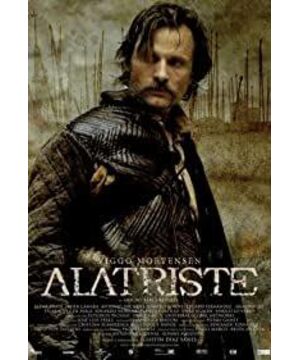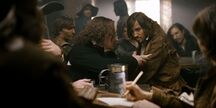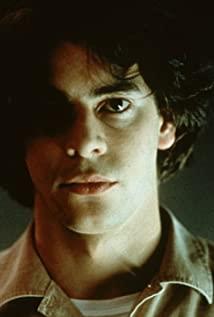The ferocious fighting career of the fictional protagonist Alatriste connects a series of important events and characters in the Iberian Peninsula in the 17th century: At this time, Spain, the first empire on which the sun never sets, is declining from its golden age, and the lowlands of Flanders that belonged to Spain (Netherlands, Belgium), Naples (Southern Italy) and even Catalonia began to fall out of control. The Armada, which had been on many expeditions to England, began to lose its halo. The Spanish Army, which once defeated the Ottoman Empire, was also due to the rise of France. and lost fame. From Philip IV to Archbishop Ferdinand, from noble dukes to ill-intentioned countesses, princes and nobles fight each other over power and religion. In this context, the protagonist and his partners fight for survival, money and ideals. "The Legend of Mercenaries" attempts to restore the boom and decline of Spain in the first half of the 17th century through the story of a Spanish veteran in just two hours. On its own, it seems a little overwhelmed. The film restores the king's promiscuous and warlike image, records the pale and morbid close-up of the Inquisitor, focuses on the harsh Inquisition and Catholic fanaticism, and mentions Velázquez, the king's favorite painter, and the New World "India". Archipelago" is extremely elegant and retro in terms of historical style, scene arrangement and clothing details. As a historical film, it has the advantages of seriousness and seriousness. But the looseness of the narrative and the multitude of character clues make the grand narrative structure in the end only the heroic feelings of Rocroix's defeat. The two emotional story lines that serve as a contrast to the image of the protagonist and the boy are also typical classical tragedies that fall into the stereotypes, and there is nothing moving.
In addition to the looseness of the plot, the cinematography of the film is remarkable. The ambition of the movie can be seen from the calm and solemn killing in the water at the beginning. It has an epic tragic color, a solemn temperament of classicism, and the key words at the core of the times flash in the details: the hell battlefield where the dark sun shines, the Netherlands, the cold The alternation of weapon spears and hot weapon muskets, the invincible Spanish infantry regiment that haunts the fog of dawn. In addition to the war scenes, the shots in the streets and alleys of Madrid are also shot at dawn or evening. The blue-gray fog or the light penetrating the darkness are very beautiful in oil painting. The composition of the interior scene is especially beautiful, the scene in which Alatriste's actress lover is showing him the king's gift, the light entering the dimly lit room from the left side of the room, illuminating the woman's red hair and skin with a golden sheen , while the rest of the house remains engulfed in darkness, including the male lead. The Flemish School's concept of the expression of light and color and the composition of space is integrated into the lens, and the advance and retreat, hope and hesitation in this emotional conversation are particularly well expressed.
View more about
Captain Alatriste: The Spanish Musketeer reviews











